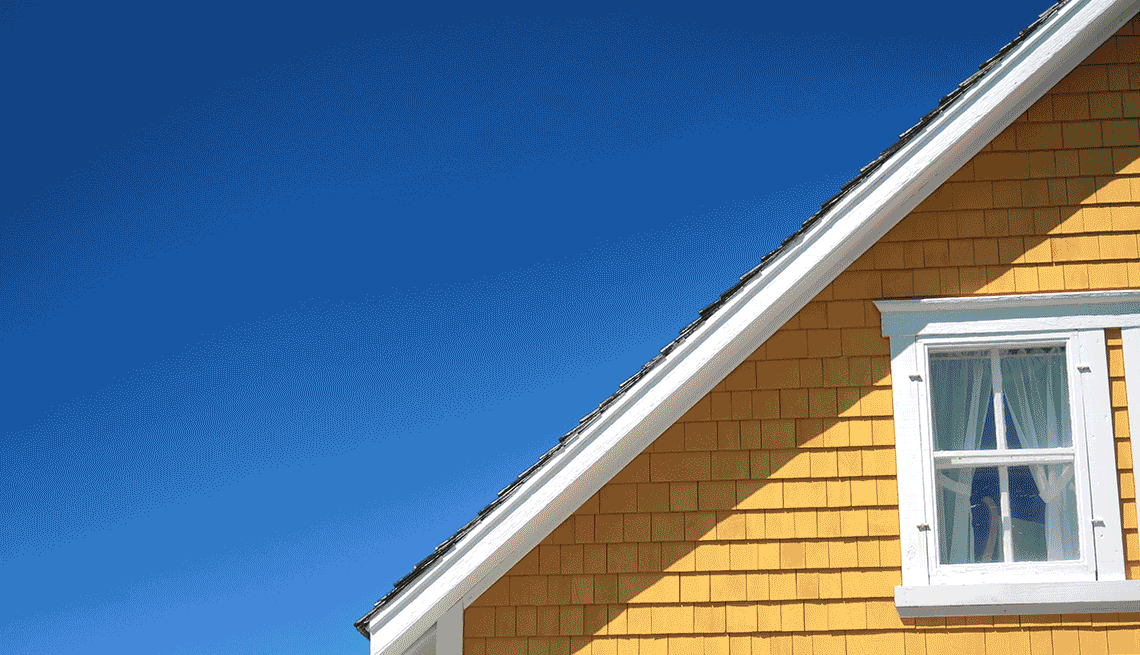Staying Fit


The spring home-buying season is in full swing, and if forecasts are correct it’s going to be a busy one. Despite mortgage rates near 7 percent, existing home sales are projected to rise 13.5 percent this year, according to the National Association of Realtors. Once again demand is expected to outpace supply, which means potential bidding wars. It also means eager home buyers may make concessions, such as skipping a home inspection, to get a house. That could prove to be a regrettable decision if the home turns out to be a money pit.
“There is a significant percentage of deals without home inspections due to the housing inventory shortages and bidding wars,” says Mark Goodman, 2024 president of the American Society of Home Inspectors. “In that case, the biggest thing is to do your due diligence.”


AARP Membership— $12 for your first year when you sign up for Automatic Renewal
Get instant access to members-only products and hundreds of discounts, a free second membership, and a subscription to AARP the Magazine.
A home inspection typically isn’t required to get a mortgage, but giving the house an in-depth once-over is well-advised. The last thing you want is to shell out thousands of dollars to fix a cracked foundation or deteriorating roof soon after you receive the keys to your new home. Hiring a professional home inspector can be a good investment – an inspection may run anywhere from $300 to $415 – but even if you don’t have one, there are steps you can take yourself to lessen the risk of purchasing a money pit, and it all starts with being inquisitive.
“There are property disclosure laws in every state,” says Charles Furlough, president and CEO of Pillar To Post, a national home inspection company. “The law says sellers should tell you things they know they have issues with.”
Some people will be more forthcoming than others, so ask lots of questions. Sellers and their agents are obligated to disclose any big issues. Your real estate agent should be able to provide insight into the neighborhood and the home’s history. And while asking questions and conducting your own visual inspection will in no way replace a professional home inspection, there are red flags that could alert you to potential problems including these five.


1. Aging roof
The average lifespan for a roof is 20 to 30 years, but even newer homes can have roof problems that may require replacement or repairs. Neither is cheap. On average, a new roof cost $9,357 in 2023, but depending on the size prices ranged from $5,852 to $13,038, according to HomeAdvisor, the digital marketplace that connects homeowners with local service professionals. Repairs can range from $150 to $7,500.
You may not be willing or able to get on a ladder and inspect the roof up close, but you can look out for missing shingles and clogged or broken gutters on the exterior. Binoculars can help. Inside, check for sagging ceilings and watermarks.
“For the parts of the roof that you can see, what does it look like?” asks Furlough. “Has it darkened? Do you see shingles curling up on the edges? What’s the overall condition?” If something doesn’t look right, it may be worth getting it checked out by a licensed roofing company. It may not kill the deal, but at least you’ll know what it will cost to repair or replace the roof.
2. Faulty foundation
Foundation issues left unchecked can be very expensive to repair, costing anywhere from $500 to fix minor cracks to $10,000 or more for major issues requiring heavy equipment, according to HomeAdvisor. The national average for foundation repairs stands at about $5,000. Without a professional home inspector you won’t know the full extent of the problem, but there are signs you can look for to spot potential foundation problems. They include:
- Gaps between exterior windows and walls.
- Cracked or leaning chimney.
- Warped floors or ceilings.
- Cracks in the walls or floor.
- Counters or cabinets coming apart from the walls.




































































More From AARP
How to Save Big on Home Maintenance
Get insider tips from the pros
Houseware Splurges Do's and Dont's
Put your money where it matters most
7 Essential Tips to Get Your Home Ready to Sell
Experts offer advice on the basic maintenance, touch-ups and organizing needed before you put your house on the market
Recommended for You